 Marines manning a 37 mm gun watch us tanks roll past in the final offensive drive against Japanese organized resistance.
Marines manning a 37 mm gun watch us tanks roll past in the final offensive drive against Japanese organized resistance.GUAM SECURED: 10 AUGUST 1944
Moving quickly up the west coast, by mid-afternoon on the 8th, the 22d Marines reached Ritidian Point including sending a patrol down the cliff to the beach. That night, the 3d Marines encountered five enemy tanks. Then on 9 August, the 9th Marines reached Pati Point. On 10 August, General Geiger announced that organized resistance on Guam had ended.
"Japan's grip on the Marianas was broken and the end of the war was now just slightly over a year away." ... War in the Pacific Park Brochure
THE LAST STAND
However, General Obata's command post in Mataguac, Yigo was not destroyed until the 11th by the 306th Infantry. Obata's final message to Japan: "I have accepted the important post of the army commander and although I exerted all-out effort, the fortune of war has not been with me. The fighting has not been in our favor since the loss of Saipan. We are continuing a desperate battle on Guam."
"Officers and men have been lost, weapons have been destroyed, and ammunition has been expended. We have only our bare hands to fight with. The holding of Guam has become hopeless. I will engage the enemy in the last battle with the remaining strength at Mount Mataguac tomorrow, the 11th. My only fear is that report of death with honor (annihilation) at Guam might shock the Japanese people at home. Our souls will defend the island to the very end; we pray for the security of the Empire."
"I am overwhelmed with sorrow for the families of the many fallen officers and men."
The search for the remaining Japanese soldiers would continue for over a year. Numerous stragglers would survive in Guam's jungles only to slowly starve and or be killed.
"It was our experience that the Japanese, remaining Japanese troops, the stragglers, were very strongly motivated not to surrender. I had an experience where, during one of these patrols, I was given a Japanese officer to help us and he had a speaker with him and his function was to speak out at the edge of the jungle for these people to come out. ... they were not all willing to do that." ... "I thought they were very motivated, highly motivated ... in keeping honor to their country as soldiers of Japan." ... Lt. Pete Siquenza, 3rd Marine Division
In the Liberation, U.S. forces suffered over 7,000 casualties. More than 17,500 Japanese defenders died. In the 1970s, the Chamorro War Reparations Commission listed over 700 Chamorro people who died as a result of World War II.
"Perhaps, the blackest days of Guam's long and chaotic history were those endless months between spring and summer of 1944 when the population suffered the extreme miseries of occupation while awaiting the return of their American protectors. ... Many stories of heroism and brutality have come out of the Japanese occupation of Guam, ... The Guamanian people suffered every possible kind of humiliation and many of them the most unspeakable and degrading death at the hands of the enemy." ... Charles Beardsley, Guam Past and Present
After the Liberation, Guam was forever changed.
The Island Command's Civil Affairs Section took to the task of caring for over 18,000 homeless Chamorros. Refugee camps were set up in Anigua, Agat and Yona. Some people were allowed to return to their villages, as patrols declared the areas secure. However, some would never return to their original villages.
As the military build-up continued, lands were taken for "airfields, combat firing ranges, training areas, camp sites, and supply depots." Navy Seabees and Army engineers bulldozed the destroyed Agana, and constructed new roads and water pipelines. Orote, Agana, Harmon, North and Northwest airfields were built.
Over 200,000 military personnel were sent to Guam. Virtually, in a few short months, Apra Harbor Naval Operating Base was built and Guam became a major forward command base. Supplies, equipment, and ammunition were stored in immense facilities. Guam became known as the "Pacific Supermarket," one of the largest military supply points in history. All to further the end of the war with Japan. By 1945, Admiral Chester W. Nimitz was directing the war from Nimitz Hill. From the Mariana Islands, specifically Guam, Saipan, and Tinian, B-29s flew bombing runs to Japan.
"To the average American participant in the Marianas campaign, the war was on a minute-to-minute basis. Big picture strategy had no place in his personal struggle to survive, and even today his picture of the operation is a compound of individual memories that probably missed this history and many others. Yet no matter how small a part an individual took in capturing these islands, he is justified in feeling he helped shorten the war. For it was from the Marianas that ships, planes, and men struck out to bring defeat to Japan." ... Maj. O.R. Lodge, Recapture of Guam
In August 1945, the "Enola Gay" took off from Tinian. On board the bomber was the world's first Atomic Bomb, destined for Japan, for Hiroshima. A few days later another atomic bomb, dropped from the bomber Bock's Car, would would hit Nagasaki.
In Tokyo Bay on Sept. 2, 1945, on board the battleship, the USS Missouri, surrender documents were signed. The two military leaders who oversaw the two-pronged Allied offensive in the Pacific led the officials accepting Japan's surrender. Representing the Allied powers as Supreme Commander was General Douglas MacArthur and representing the United States was Admiral Nimitz.
After 1,364 days, the War in the Pacific ended.
Source
This wraps up the Guam series ... shortly, we will travel to Iwo Jima.
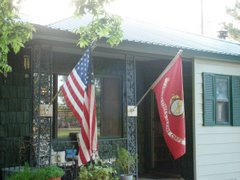

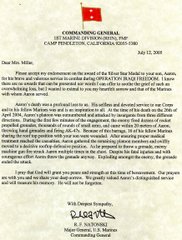
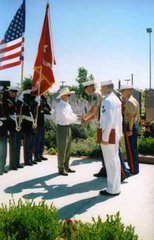


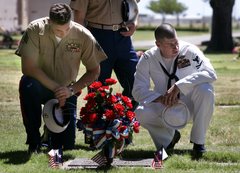

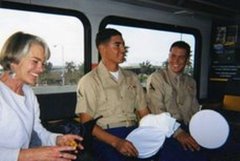

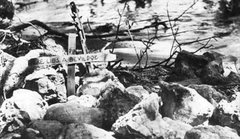


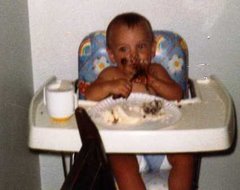

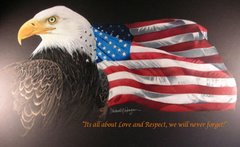
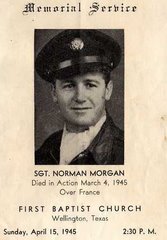
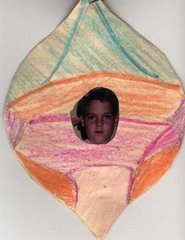


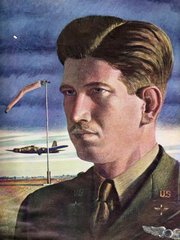
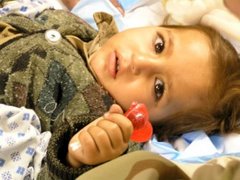

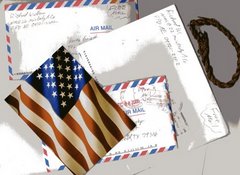

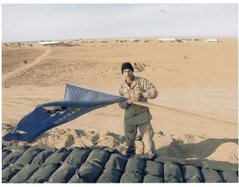


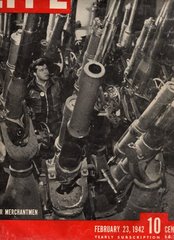
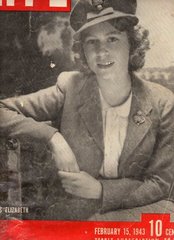

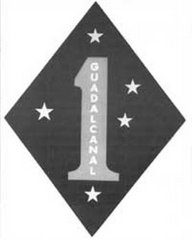
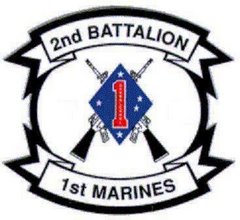


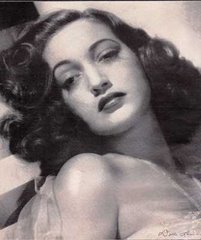

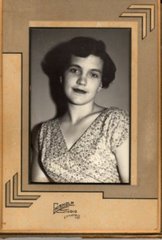

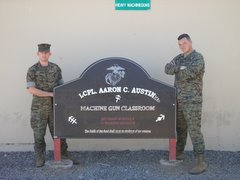

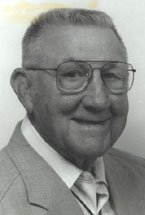

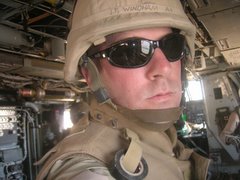
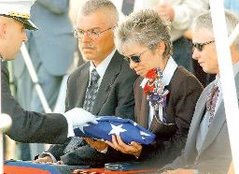


3 comments:
Guam is one hot muggy place but the history of that small island is amazing. As I've said before the evidence of these battles is still present and probably always will be...
Very good and informative post. Brought back some memories of my time there. I can see these Japanese pill boxes in my mind thats still there on the coast lines dug out of rocks...
Interesting place to see in person.
I remember you talking about those pill boxes, and I asked you what they were.
I bet it is interesting. How long where you there?
18 months De'on. Pretty standard tour of duty...
Post a Comment